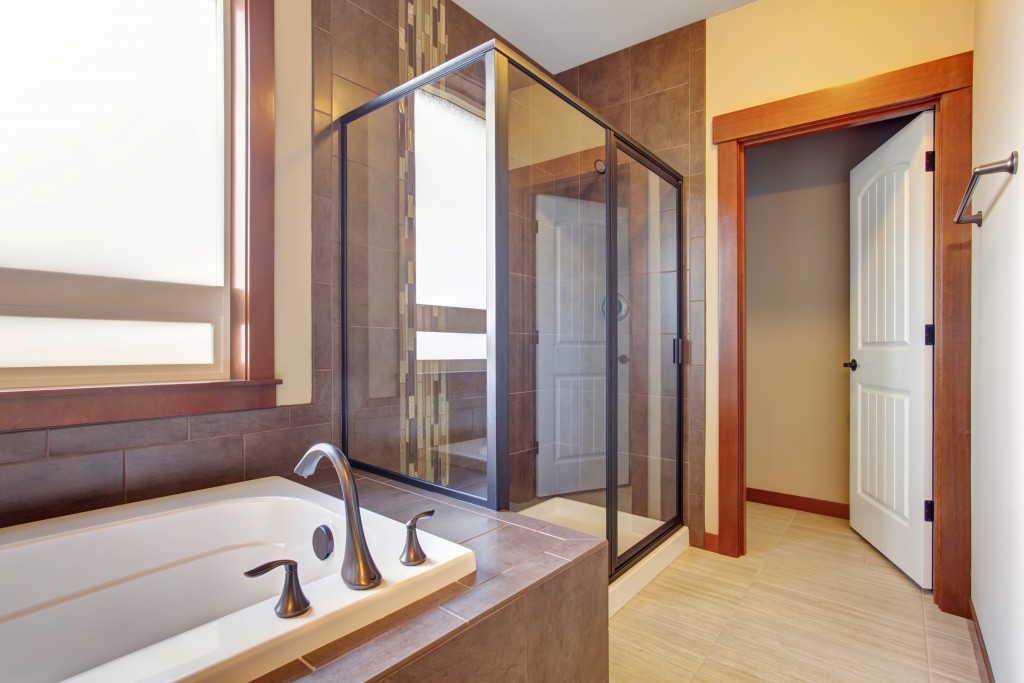When homeowners are picking their construction materials, one element they are so keen on is the of water damage protection of their properties. They will thus ordinarily settle for only the construction materials touted as water-resistant including tiles and stone. When it comes to the bathroom and kitchen, one material most property owners have steered clear of forages in these rooms is wood.
Timber is, of course, inherently damaged by water and might not have made sense for use in wet areas for Melbourne property owners. Nowadays, however, there are different treatments used for wood that make them ideal for wet areas.
Using wood in your bathrooms will create a warm and enveloping atmosphere guaranteed to make your bathroom the most relaxing and comforting spot in your home. This explains why most therapeutic spas are using wood for their interiors. Here are the waterproofing products used for wood in bathrooms.
Oil
You can use walnut, Tung or linseed oil for waterproofing wood. Linseed oil was the leading choice in the past for waterproofing, but nowadays, Tung oil is the leading choice. These are all-natural oils, but there are also synthetic oils that penetrate the wood and effectively seal them from water damage.
Some people use a high amount of mineral spirits in the oil for blending it before application. This, unfortunately, makes their product too runny and will compromise the quality of the oil for waterproofing ad its level of protection.
Sealants
These are the most popular picks for waterproofing wood. The types of sealants used in this case include polyurethane, lacquer, and varnish. Polyurethane sealants are an ideal alternative for light-toned woods and will not yellow over time. Varnish gives a hard finish that is scratch resistant and will not yellow.
It is a combination of drying oil, solvent, and resin. Lacquer contains a mix of synthetic or tree resin and will bring out the warm and rich tones of your wooden surfaces. It is available in diverse sheen choices to further boost the look of your wood.

Stain-Sealant Combinations
This is the ideal choice for quickly sealing a wooden surface or in large bathrooms. The products used in this case are oil or water-based and contain binders and color pigments. To this end, the stain-sealant combination enables you to protect your wood and boost its appearance with a single product that also makes the process inexpensive. Moreover, unlike other waterproofing products, stain-sealants will soak into the wood and look perfectly clean when dry.
Stabilizers
This is not a stain or a finish but instead reacts with the elements of your wood to generate a chemical process that makes the wood waterproof. The stabilizer is an organic product commonly used for poolside decks and docks. In most cases, a sealer or stain will be used over the product to boost its waterproofing ability further.
The above alternatives now make it possible to use wood for your kitchen and bathroom confidently. You can thus use the wood for the floors, walls, and cabinetry in your wet areas. Thankfully wood is far cheapest than other materials and will thus reduce to construction costs.
